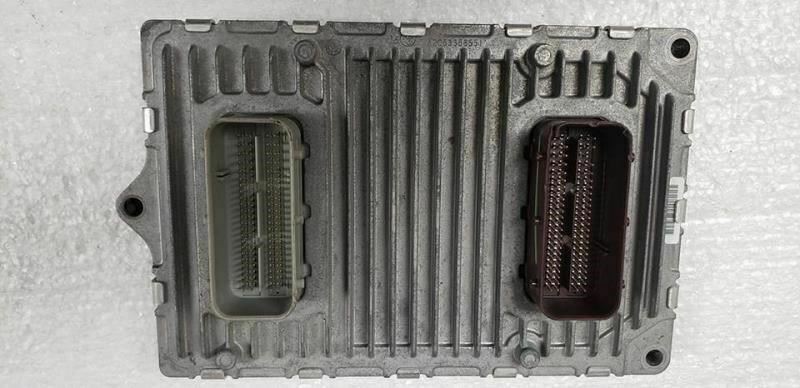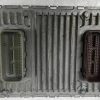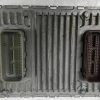Restore Your Chrysler 200’s Performance and Reliability
Are you battling a persistent check engine light, experiencing frustrating stalling, or noticing a sudden drop in fuel economy? A failing Engine Control Module (ECM) is often the culprit behind these headaches, leaving you with an unreliable vehicle and the stress of a potential dealership visit. This is your direct, hassle-free solution. We provide a fully programmed 2011 Chrysler 200 ECM that arrives at your door ready for a simple, plug-and-play installation, getting you back on the road with confidence.
Common Symptoms & Your Direct Solution
If your 2011 Chrysler 200 or Dodge Avenger is showing any of these signs, a faulty engine computer is the likely cause. This module is the definitive fix for:
- Persistent Check Engine Light (CEL)
- Diagnostic Trouble Codes (DTCs) related to internal processor failure (e.g., P0601, P0606)
- Vehicle won’t start or has difficulty starting
- Erratic or harsh automatic transmission shifting
- Poor engine performance and hesitation
- Reduced fuel efficiency
- Communication errors with other vehicle modules
Instead of paying for expensive diagnostics and programming fees at a dealership, this module provides a straightforward and effective repair. It’s the smart way to restore your vehicle’s brain to perfect working order.
Features & Tangible Benefits
- ✔ Plug & Play Installation: Arrives pre-programmed to your vehicle’s specific VIN and mileage. This means no extra trips to the dealer or mechanic for costly programming.
- ✔ Guaranteed Compatibility: Flashed with your car’s unique data, this 2011 Chrysler 200 ECM ensures seamless communication with all other systems, just like the original part.
- ✔ Solves Drivability Issues: By replacing the faulty core component, you restore crisp engine response, smooth shifting, and original fuel economy.
- ✔ Cost-Effective Repair: Get a reliable, high-quality part without the premium price tag and added labor costs of dealership programming.
- ✔ Peace of Mind Protection: This unit is backed by our one-year replacement warranty.
A Technician’s Perspective on Programming
“As a technician, I’ve seen firsthand the problems that arise from installing a non-programmed computer. It’s not just a box; it’s the central command for your vehicle. An ECM that isn’t flashed with the correct VIN and security information can cause the anti-theft system to activate, preventing the car from starting at all. It can also lead to incorrect transmission shift points and poor engine timing. The value of a pre-programmed unit is immense—it eliminates these variables, turning a complex electronic repair into a simple component swap that a confident DIYer or any local shop can perform in minutes.”
Frequently Asked Questions
Is this module truly ‘Plug & Play’?
Yes. We use the VIN you provide during checkout to flash the module with your vehicle’s exact software and security information. Once you receive it, you simply disconnect the battery, swap the old module with the new one, and reconnect the battery. No further programming is required.
How do I provide my VIN and mileage?
After you place your order, you will be prompted to provide your vehicle’s VIN and current mileage. This information is crucial for us to program the module correctly for your specific car.
Will this fix my specific problem?
This 2011 Chrysler 200 ECM is a direct solution for issues originating from a faulty engine computer. While it resolves the common symptoms listed above, we always recommend having a qualified mechanic properly diagnose your vehicle to confirm the ECM is the point of failure before ordering.
Does this also fit the 2011 Dodge Avenger?
Yes, this engine control module is fully compatible with the 2011 Dodge Avenger equipped with the 2.4L engine and 6-speed automatic transmission, as specified in the fitment guide.
What is the SKIM or security relearn procedure?
For many Chrysler/Dodge vehicles of this era, no complex security relearn is needed. Because we program the unit with your VIN, the security handshake is often seamless. In some rare cases, a simple key cycle procedure (turning the key to the ‘ON’ position for a few seconds) is all that’s needed for the systems to sync.


